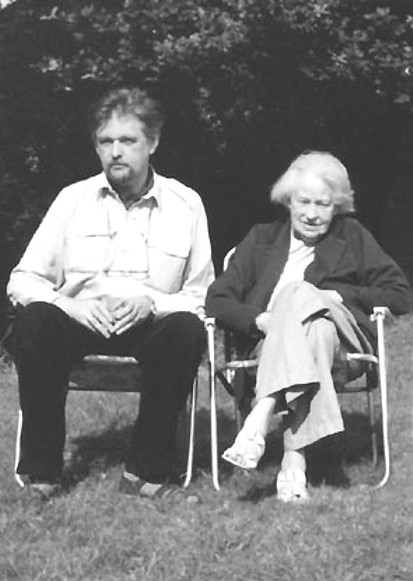|
SECONDARY WRITINGS
From 1975 on Moore repeatedly placed subsidiary Gurdjieffian material in literary and scholastic journals: letters, essays, book reviews, apologetics of Gurdjieff the man and his teaching, critiques of appropriations and distortions of his ideas. Moore’s compositions were preponderantly pro-active: exceptionally, however, he assumed an adversarial role vis-a-vis authors whose books advanced misleading assertions and paradigms. These notably included: Idries Shah [aka ‘Rafael Lefort’] (The Teachers of Gurdjieff, 1966); Peter Washington (Madame Blavatsky’s Baboon, 1993); and Anthony Storr (Feet of Clay: The Power and Charisma of Gurus, 1996). For Moore’s portfolio of secondary writings see J. Walter Driscoll’s Website ‘Gurdjieff Reading Guide’, where all significant pieces are cited, some excerpted, and others reprised in full: a number of Moore’s book reviews have been posted on Amazon.
Listed below are four representative items.
Gurdjieff: a biographer digresses [unpublished but posted on the Gurdjieff: a Reading Guide website]. An extended meditation on Gurdjieff’s ‘unknowability’, pivoting on Moore’s personal contact with the elderly Jessie Dwight Orage in the early 1980s.
Katherine Mansfield and Gurdjieff’s Sacred Dance evokes Gurdjieff as a ‘teacher of temple dances’ within the historicity of Mansfield’s stay at the Prieuré (1922-1923). It was chosen to climax the hardcopy anthology of presentations at the Katherine Mansfield Centennial Conference 1988, entitled Katherine Mansfield: In from the Margin [ed. Professor Roger Robinson; Louisiana State University Press, 1994, 209pp, ISBN 0-8071-1865-6]
Moveable Feasts: The Gurdjieff Work, [Religion Today, Vol.9, No.2 spring 1994] A scholarly but uninhibited calibration of traditional Gurdjieffian principle with certain doctrinal, methodological, and literary innovations chiefly promoted by the Paris Work oligarchy (notably excepting Mme Lannes). These entailed a shift away from the canonical ideal of effort towards one of supernal grace; diminished focus on individual ‘work in life’ and heightened emphasis on lengthy communal ‘sittings’ modelled on Zen Buddhist praxis but monitored in an idiom redolent of Kundalini Yoga; and the espousal of an ‘improved’ American version of Gurdjieff’s text Beelzebub’s Tales to His Grandson. Moore’s place within The Gurdjieff Society was rendered untenable after publication of this study. However, the ideological durability of his critique seems guaranteed by the very opposition which it continues to evoke in high quarters. See for example Chapter 13 of Frank Sinclair’s Without Benefit of Clergy: Some Personal Footnotes to the Gurdjieff Teaching [Philadelphia: Xlibris, 2005, 277 pp., ISBN 1 4134 7514 0]
|
